PTSD
These days PTSD (Post Traumatic Stress Disorder) is a fairly well-known phrase and you would be forgiven for thinking it’s a new condition. But it isn’t.
PTSD has been around for hundreds of years. In fact, whilst researching for this article, I read that the first documented case of psychological distress, may have been as early as 1900 BCE!
Amongst other names, PTSD has also been known as Shell Shock, Combat Stress and War Neurosis.
All of these names suggest that PTSD is reserved for the armed forces, but this couldn’t be further from the truth.
In fact, PTSD is a lasting, adverse effect of a person’s response to a traumatic situation and as such can be experienced by anyone.
When a traumatic event happens, your subconscious will take over and you will enter ‘fight or flight’ mode. Fuelled by adrenaline, your brain will take actions to protect you – whether instinctively or as the result of specialist training.
Later, when the danger has passed, your brain needs to process the event and develop a ‘memory’ of what happened. However, for some people that processing doesn’t happen as it should and eventually leads to PTSD.
Chronic PTSD can take up to four weeks to develop and is characterised by the sufferer being ‘triggered’ by sights, sounds, smells, touch, movement or places which trigger flashbacks, panic attacks, nightmares and other negative responses. There are different types of PTSD, some of which may not manifest for many years after the event.
Causes of PTSD
When it comes to our mental health and wellbeing, everyone is different and therefore susceptible to dealing with events in different ways.
This means that, whilst as many as 50% of us will experience trauma in our lifetimes, not all of us will go on to experience the awful reality of PTSD. It is estimated that around 20% of people who experience trauma will develop PTSD as a result of problems with processing the event and, effectively, ‘putting it to bed’.
The NHS defines PTSD as,
Post-traumatic stress disorder (PTSD) is an anxiety disorder caused by very stressful, frightening or distressing events.
Such events can include; ·
Serious accidents
House fires
Combat Situations
Life threatening illness
Natural disasters
Terrorist attacks
Childhood abuse or neglect
Bullying
Traumatic childbirth
Bereavement
Being the victim of violence
So, what are the symptoms of PTSD?
Here’s where it starts to get really interesting, because the symptoms of PTSD are incredibly varied, with sufferers likely to display a complete mix and at varying levels of intensity.
Symptoms of PTSD include;
Anxiety
Withdrawal from ‘normal’ life
Avoidance
Relationship problems
Insomnia
Exhaustion
Nightmares
Flashbacks
Amnesia
Panic attacks
Hypervigilance
Fear
Physical pain
Who can be affected by PTSD?
As I alluded to at the beginning, PTSD is far from being restricted to those who have served in the military and can actually be experienced from anyone who has;
Been directly subjected to a traumatic experience
Witnessed a traumatic event
Been repeatedly exposed to traumatic events and situations
Is close to someone who has suffered trauma.
Can PTSD be treated?
Sadly, many people never seek help to tackle PTSD, but the good news is that PTSD can be treated.
Talking therapies, medication and psychological therapies are available and you should seek the advice of your GP to decide how best to proceed.
One, very effective treatment for PTSD which I use, almost daily, is known as the BLAST Technique®.
The BLAST Technique® was developed in 2008 by world renowned psychotherapist, Nick Davies, as a way to speed up the treatment of PTSD and related conditions whilst providing a permanent resolution.
The technique draws on the research of acclaimed neuropsychologists Joseph LeDoux, Peter Naish and Ksenja da Silva and brings together a mix of treatment modalities to provide a fast and effective treatment, with some sufferers only requiring a single treatment.

